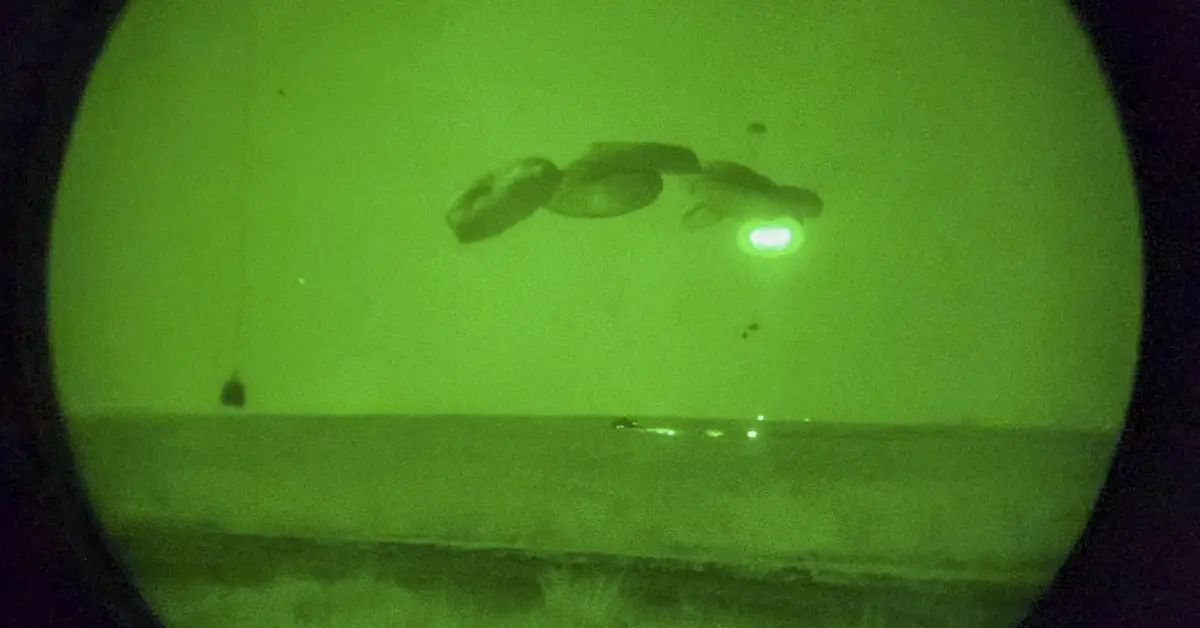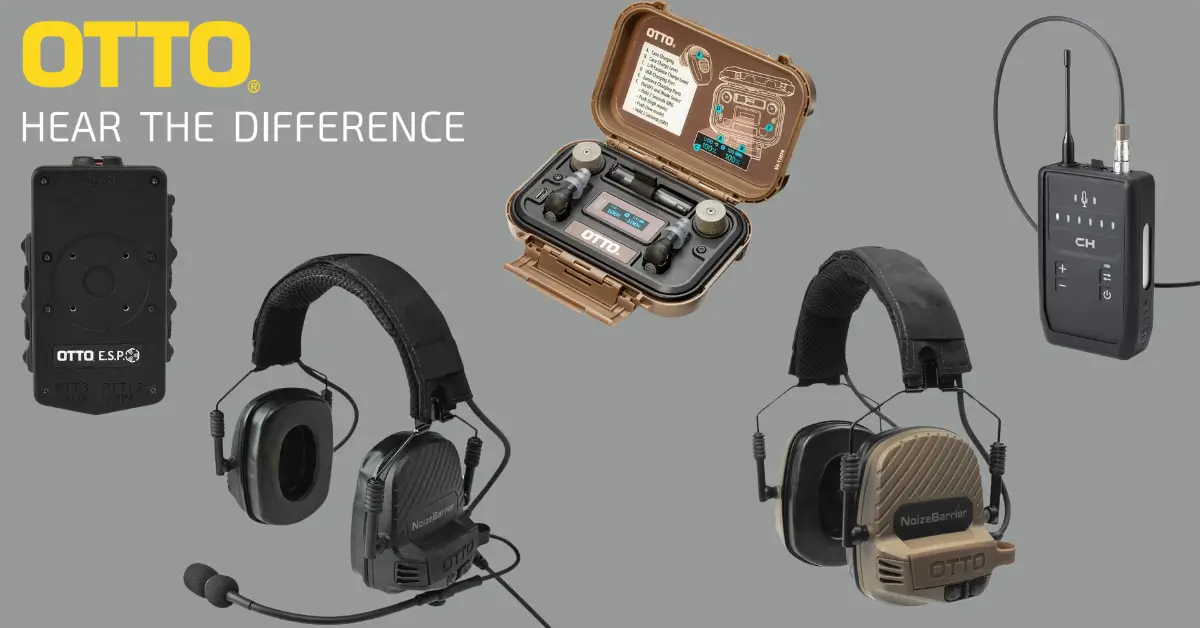Night vision technology is crucial in the technologically advanced arena of military operations, where superior night-time visibility can be the difference between success and failure. This compact guide provides a detailed look at Night Vision Goggles (NVGs), explaining their technologies, specifications, and practical applications to help you choose the right type for specific operational needs.
Image Enhancement Technology – Components and Effects
Photocathode Tube: This tube captures photons and converts them into electrons. It is critical for converting low light into a usable electron stream.
Image Intensifier Tube (IIT): Amplifies electrons. Key specifications include:
Figure of Merit (FOM): This measures an IIT’s overall effectiveness calculated as line pairs per six times the signal-to-noise ratio (lp/mm * SNR). Higher values indicate better performance.
Resolution: Measures the ability to distinguish fine detail in the image. Higher values, typically above 64-72 lp/mm in advanced generations, ensure superior image clarity.
Phosphor Screen: Converts electrons to visible light, generally green for optimal human eye sensitivity.
Advanced IIT Specifications
Gain: Indicates how much the input light is amplified. Higher gain values, often exceeding 20000-50000, are preferable for very low-light environments.
Equivalent Background Illumination (EBI): Measures background noise within the tube, which increases with temperature. Lower values are preferable for more explicit images.
Photocathode Sensitivity: Measures efficiency in light conversion. For high-performance tubes, values are typically in the range of 450-600 µA/lm.
Generational Differences in Night Vision Goggles
Generation 1: Minimal light amplification and heavily reliant on ambient light. Suitable for primary close-range tasks.
Generation 2: Includes a micro-channel plate for better light amplification and resolution, suitable for more demanding low-light conditions.
Generation 3: Utilises gallium arsenide for enhanced performance, widely used in critical military operations.
Generation 4: The latest NVG technology reduces the halo effect and further enhances clarity for operations across a broader range of lighting conditions.
Selecting the Right Night Vision Goggles
Operational Environment: Choose based on anticipated field conditions—urban, rural, woodland, or desert.
Mission Requirements: Align clarity, range, and durability with specific operational goals.
Ergonomics and Battery Life: Prioritise comfort and long battery life for extended operations.
Operational Applications of Night Vision Goggles
Reconnaissance: Generation 3 or higher NVGs are recommended for covert intelligence gathering due to their superior light amplification and resolution.
Combat Operations: Generation 3 NVGs, known for their high clarity and reliability under varied light conditions, are essential for effective nocturnal engagements.
Navigation: Generation 2 or 3 NVGs should provide enhanced visibility and detail crucial for safely moving through hostile or unfamiliar terrain.
Cost Implications of Night Vision Technologies
Night vision technology comes with varied cost implications across different generations and types. Entry-level Generation 1 NVGs are the most economical and suitable for light, less demanding scenarios. As technology progresses, Generation 2 and 3 devices offer middle-range pricing with far superior capabilities necessary for more challenging environments and tasks. Generation 4 devices provide the most precise vision with the most minor distortion but are unmatched in performance and come at a higher cost.
Equip your team with MSS Defence’s cutting-edge night vision solutions to maintain tactical superiority in night-time operations. Contact Dave van der Kaden, our night vision expert, for detailed consultation and custom solutions.
Interested in exploring other night-time visibility technologies? Check out our detailed guide on Thermal Vision to understand how it complements night vision goggles in enhancing operational capabilities.




